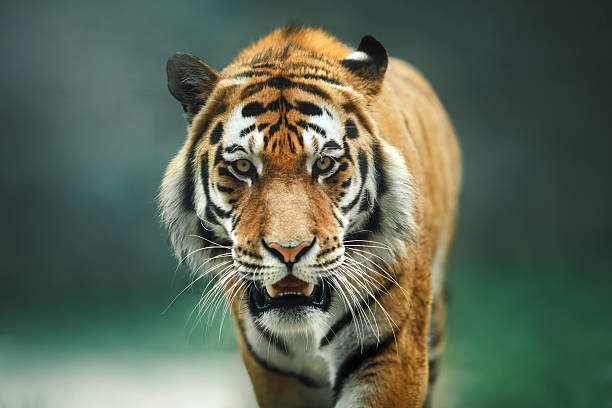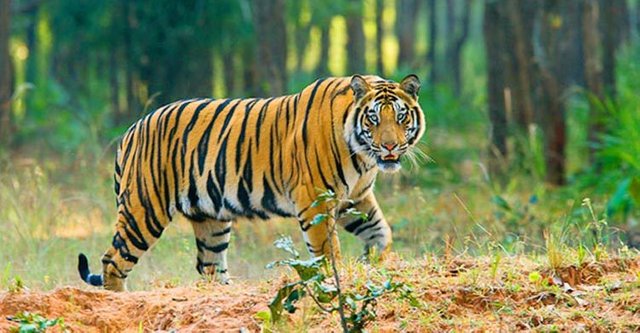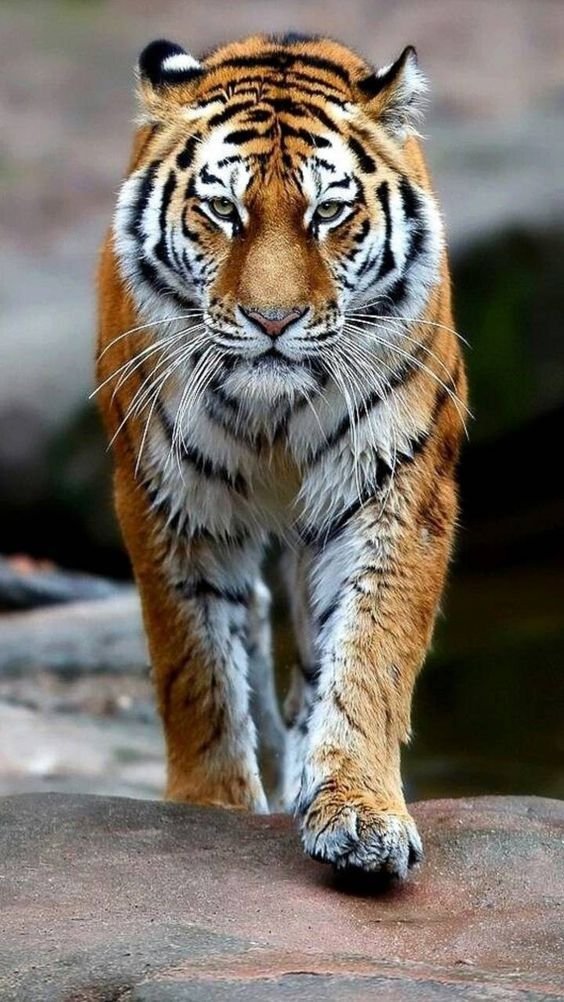Pride of the Indian Subcontinent
One of the most magnificent and recognizable large cats in the world is the Royal Bengal Tiger, scientifically known as Panthera tigris tigris. These majestic animals, which are indigenous to the Indian subcontinent, have captivated people's attention with their striking beauty and commanding presence. We will examine the habitat, behavior, state of conservation, and vital function that Royal Bengal Tigers play in the ecology as we delve into this blog's fascinating world.

Habitat and Distribution
The Indian subcontinent, which includes Bangladesh, Bhutan, Nepal, India, and even the woods of Myanmar, is home to the Royal Bengal Tiger's vast and diverse environments. The tiger's habitat range in India is wide-ranging, encompassing grasslands, deciduous forests, mangrove swamps, and tropical rainforests. These multifaceted large cats are proof of the adaptability of nature, having demonstrated their durability in a range of environments.
The physical attributes
The Royal Bengal Tigers are renowned for their eye-catching looks. With males weighing 400–570 pounds and females weighing 250–370 pounds, they are the largest tiger subspecies. Their coats are striped in black and have a recognizable orange fur. Similar to human fingerprints, each tiger's stripes are distinct and can be used to identify individual members. It is believed that the white patches on the back of the tiger's ears act as a visual deterrent to other animals, giving the impression that the animal is larger and more menacing.
Actions
These tigers are mostly solitary creatures, with each one having a sizable territory all to themselves. They are renowned for being powerful and stealthy, which makes them extremely effective hunters. Although they are known to consume a range of other animals when the occasion presents itself, their primary diet consists of deer and wild boar.
Tigers are different from other big cats in that they can swim quite well and can move through water easily. Their excellent hearing and night vision, which come in handy when hunting in the dark, are among their other well-known senses.
Status of Conservation
Threats to the Royal Bengal Tiger have included habitat loss, poaching, and conflicts between people and wildlife. Numerous nations and organizations have started conservation initiatives in response to these difficulties. To preserve these amazing creatures, the Indian government in particular has put in place a number of effective initiatives and established tiger reserves. Once in danger of going extinct, the tiger population in India has recently begun to rebound.
The IUCN Red List categorizes the Royal Bengal Tiger as Endangered, highlighting the critical need for ongoing conservation efforts. Not only is it essential for these tigers to survive, but it also keeps the ecological balance of their habitats intact.

Section of the Ecosystem
Since tigers are apex predators, they occupy the top position in their respective ecosystems' food chains. Their presence ensures the health of plant life by preventing overgrazing and controlling the population of herbivores. This in turn affects the abundance of other species by creating a cascading effect throughout the ecosystem.
Furthermore, because the protection of their territories ensures the survival of numerous other species that call these areas home, the conservation of Royal Bengal Tigers and their habitats is closely linked to the preservation of biodiversity.

In summary
The Royal Bengal Tiger is a representation of beauty, power, and the wonders of the natural world. Despite the many obstacles these amazing animals have had to overcome, there is still hope for them because of the committed efforts of local communities, governments, and conservationists. In addition to ensuring these large cats' survival, protecting them helps maintain the complex ecosystems that these animals call home. The Royal Bengal Tiger serves as a reminder of our shared responsibility to preserve these amazing animals for future generations and is a testament to the need for harmony between humans and the natural world.